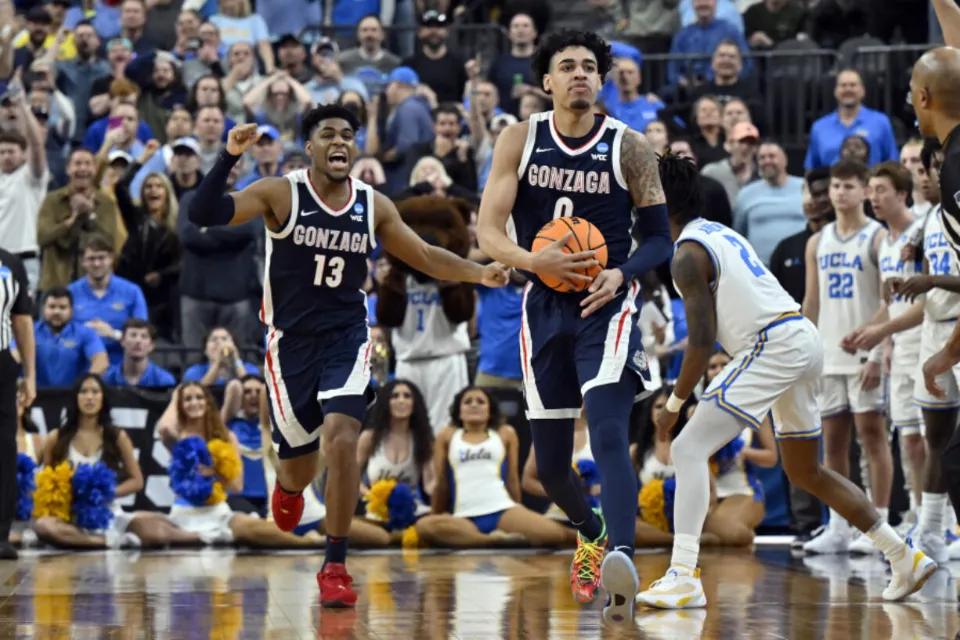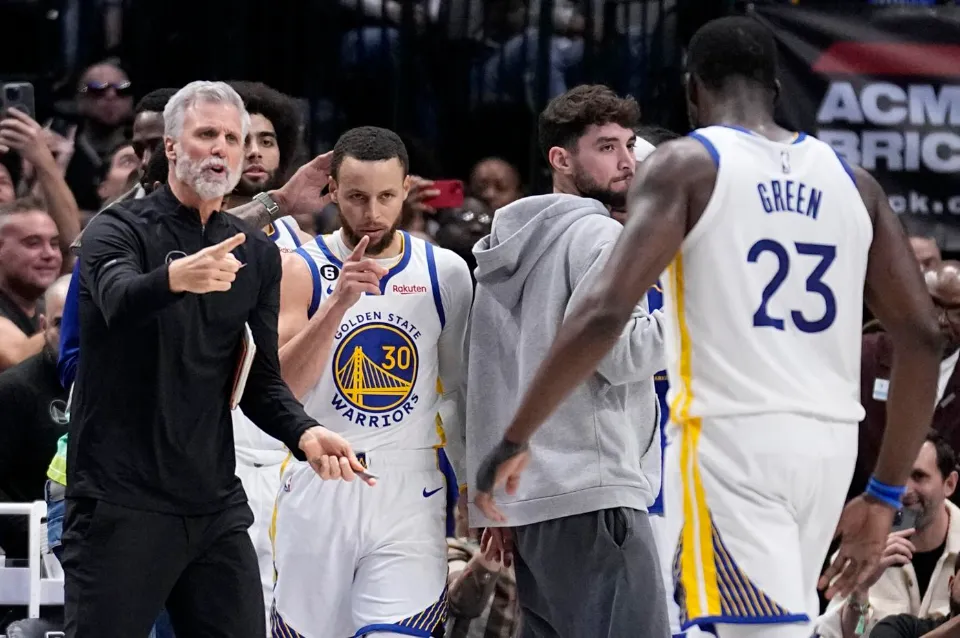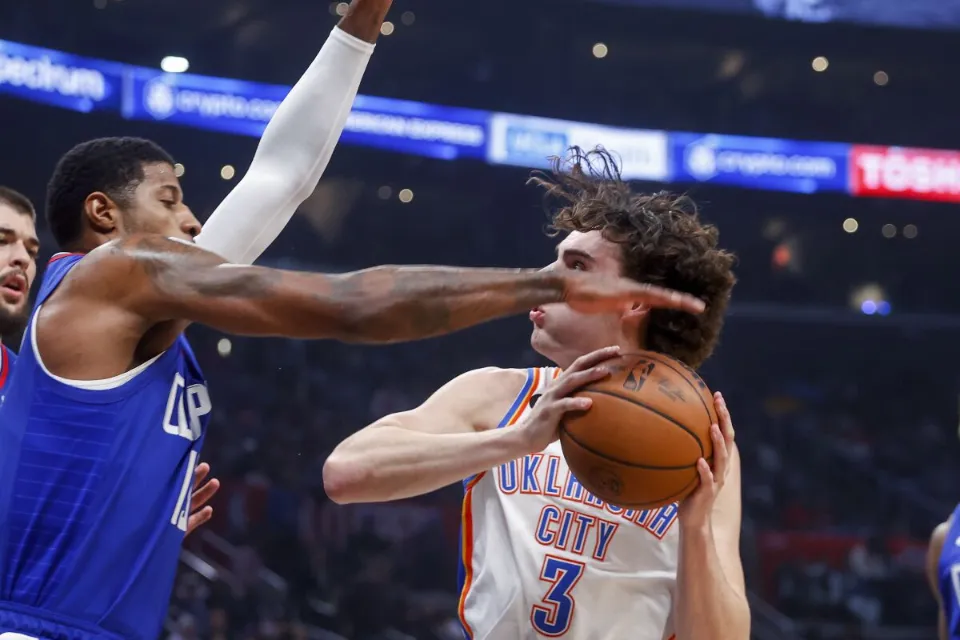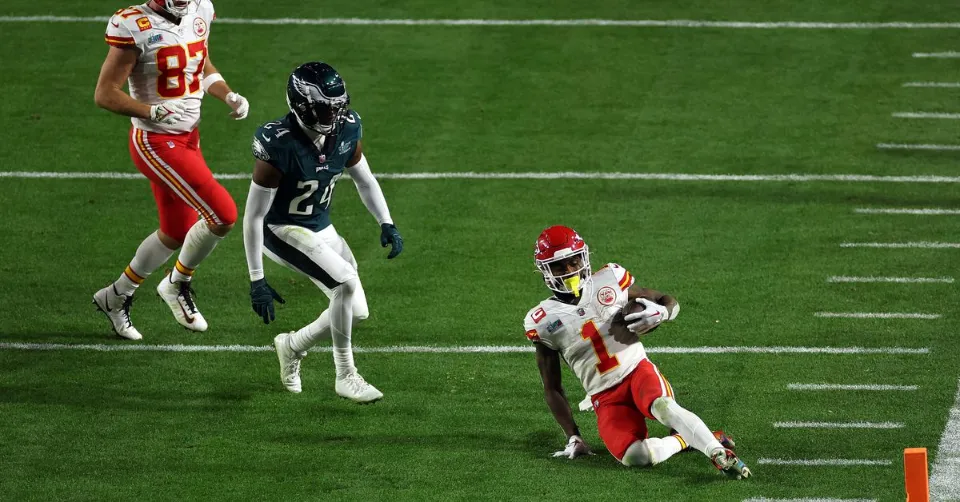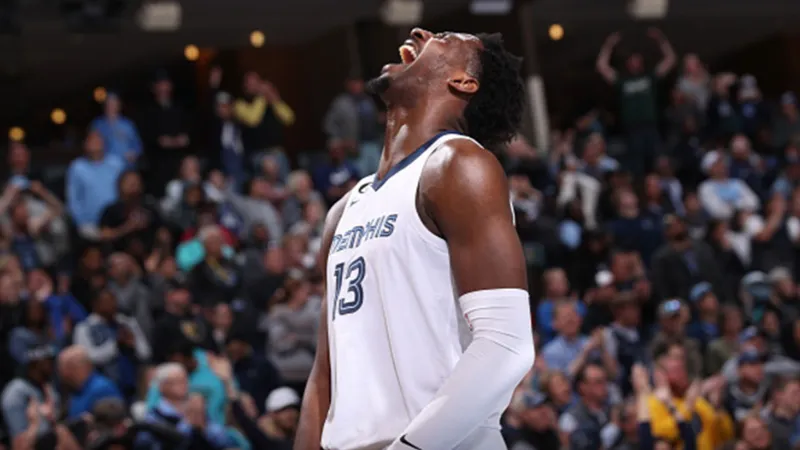Keep An Eye on the Lakers Because Anthony Davis is Once Again Dominating in the Paint
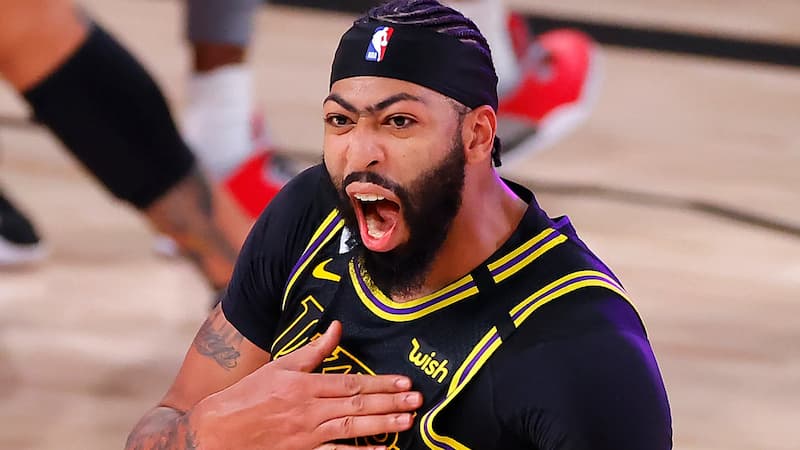
Saying we’re seeing a new Anthony Davis these days is probably a lie.
As a solo performer, we’ve seen him rule games. With his two-way prowess alongside a co-star, we’ve seen him blow away competing game plans. He’s become a pretty good No. 2 alongside an elite primary, with that setup peaking during the the 2020 Lakers’ championship run.
However, claiming that the previous Davis is back is probably not accurate either. This rendition seems to be a hybrid of the earlier athletic marvel and a slight mental adjustment. Just make sure to emphasize how ridiculous he has been however you choose to describe him.
On Tuesday night, the Phoenix Suns ended the Lakers’ three-game winning streak, but Davis wasn’t to blame. With 37 points, 21 rebounds, 5 steals, 5 blocks, and 2 assists, he had a monster game. When you take a look at the four games as a whole, the averages are as follows: 35.5 points (64.9% from two, 92.0% on 12.5 attempts at the line), 18.3 rebounds, 2.0 assists, 2.3 steals, and 2.5 blocks… with the In his 134 minutes of play, the Lakers outscored their opponents by 50 points.
Davis’ method has greatly impressed me. It hasn’t just been a hot streak of jump shots, though he has made 53.3% of his mid-range attempts over the past four games, so having a hot jumper helps.
There has been a strong push for him to enter the paint. Against slower defenders, he has been able to isolate, throw them off balance, and move downward. There has been a comfort playing things slowly before throwing his body around against smaller players. Even in ball-screens, AD is rolling more; according to Second Spectrum, he has rolled on nearly 69% of his screens during this four-game stretch, up from 60% prior to it.
The outcomes are the same regardless of the adversary or strategy: high-value shots, shooting fouls drawn, or both.
The work Davis did after the catch has really stood out to me. Prior to being knocked off his spot, Davis would far too frequently receive a cross-screen to set up a post touch, only to receive the ball 15 feet (or more) from the basket. Although it would be a more difficult climb, he could still attack from there. Before launching a jumper that broke the rhythm, Davis would settle, catch, and hold the ball.
That hasn’t happened very frequently recently. He tries to get both feet in the paint even when he is being pushed out. This really stood out during Saturday’s Brooklyn game.
Davis’ average shot distance for the season is 6.5 feet. That is undoubtedly a career low, surpassing his season-long average of six threes attempted during his rookie year (7.8 feet).
With only 7.1% of his shot attempts coming from beyond the arc this season—his first time falling below 10% since the 2016–17 campaign—it would be simple to assume that Davis has practically cut out threes from his diet, explaining the lower shot distance. However, according to PBP Stats, even the average distance of his two-point shots has decreased from 7.8 feet in the previous season to 6 feet this one.
On the other side, Davis has also been outstanding. When defending pick-and-rolls, the Lakers have used a combination of a deeper drop and having him stand at the level of the screen. Davis has shown that he is willing to take on any task.
When in a drop, Davis has demonstrated the ability to balance obstructing the ball-handler’s space with preventing the roller from approaching from behind. When he is at the right level, he uses his length to block potential passing lanes but is still quick enough (and a good enough leaper) to block lobs from being thrown over him.
(Of course, it’s important to remember that the Lakers have generally had a good run. Without effective screen navigation or quick assistance when those point-of-attack defenders are screened off, drop coverage is ineffective. Everything runs more smoothly when everyone is performing their duties.)
In the past four games, opponents who ran a ball screen at Davis have only scored 0.8 points per possession (PPP), which is a remarkable figure that isn’t far off his season-long average (0.85 PPP). Zooming out, Cleaning The Glass reports that when Davis is on the court, opposing teams’ rim rates—or the proportion of shots that are taken at the rim—fall by 3.6 percentage points, placing them in the 86th percentile.
And when players do try Davis at the rim usually doesn’t go well. Over the last four games, they have converted just under 54% of their rim-attacking attempts against Davis, which would place them sixth among high-volume rim protectors (min. 5.0 rim shots defended per game) across the entire season.
Going forward, Davis won’t be a 35-and-18 guy; this is MyCareer-type stuff you shouldn’t expect. But if Davis adopts this attitude—rushing to the rim and free-throw line at will, vigilantly patrolling the paint—the Lakers’ fortunes may change. I don’t need to tell you how much LeBron James’ return on Friday will likely help their offense.
source: read it here!
